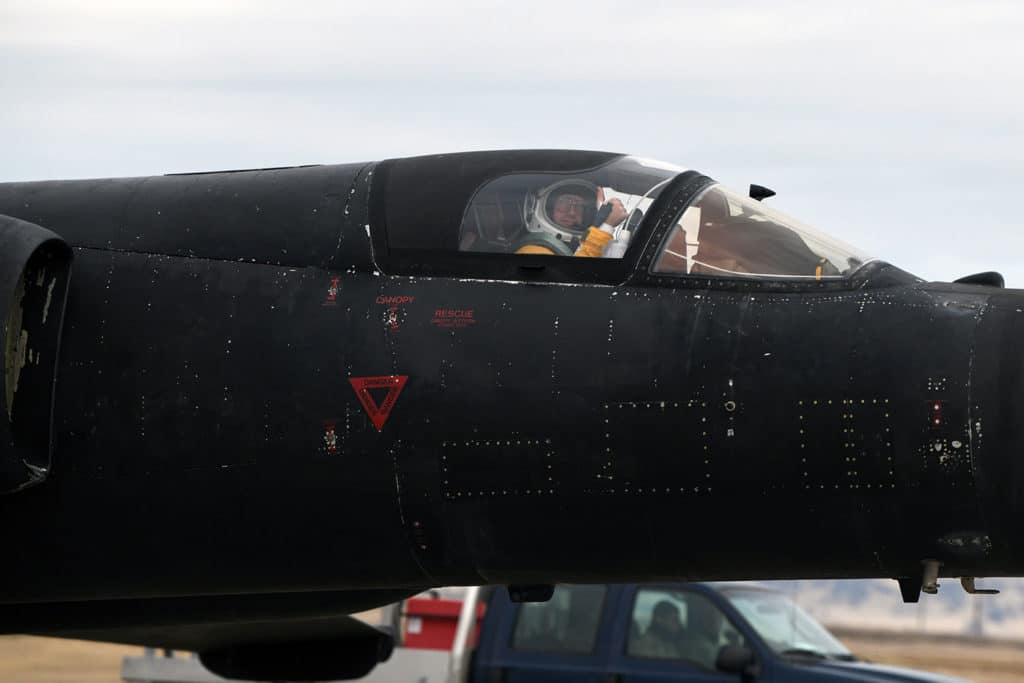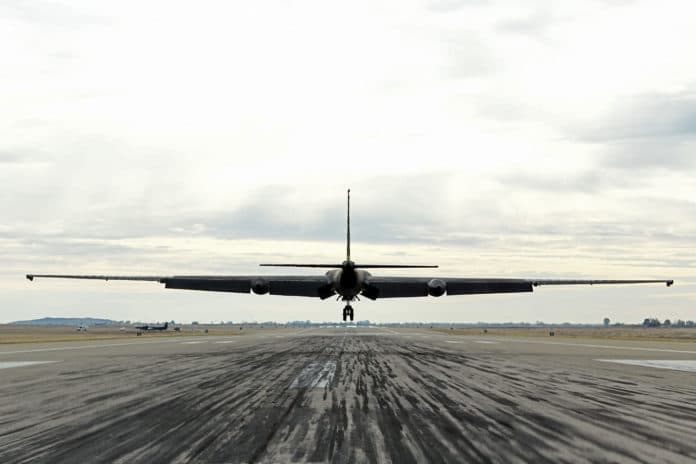The U.S. Air Force has tested the ARTUμ integrated artificial intelligence system on the U-2 Dragon Lady strategic reconnaissance aircraft. This flight marks a major leap forward for national defense as artificial intelligence took flight aboard a military aircraft for the first time in the Department of Defense history.
Air Combat Command’s U-2 Federal Laboratory researchers developed ARTUµ and trained it to execute specific in-flight tasks that otherwise would be done by the pilot. During the reconnaissance flight, ARTUµ was responsible for the preliminary processing of information from the reconnaissance systems of the U-2 aircraft. At the same time, it must perform many more tasks, including monitoring the surrounding airspace and choosing the flight route.
It is assumed that the widespread use of artificial intelligence systems in military equipment will significantly reduce the workload on pilots by automating the solution of some of the tasks.

During the tests of the ARTUµ neural network algorithm, ARTUµ was responsible for sensor employment and tactical navigation while the pilot flew the aircraft and coordinated with the AI on sensor operation. ARTUµ’s primary responsibility was finding enemy launchers while the pilot was on the lookout for threatening aircraft, both sharing the U-2’s radar.
After takeoff, the sensor control was positively handed-off to ARTUµ, who then manipulated the sensor based on insight previously learned from over a half-million computer-simulated training iterations. The pilot and AI successfully teamed to share the sensor and achieve the mission objectives. The U-2 Federal Laboratory designed this AI technology to be easily transferable to other systems and further refine it. The test flight provided invaluable data for not only the team to learn from but also ARTUµ.
The idea behind this test is to demonstrate that the algorithm is functional and that it can cooperate with a human pilot and relieve him of his workload to concentrate on more important matters, especially on the battlefield. The project seeks to improve this technology based on these same demonstration flights and the data collected from them, making it transferable to other systems.
“Blending expertise of a pilot with capabilities of machine learning, this historic flight directly answers the National Defense Strategy’s call to invest in autonomous systems,” said Secretary of the Air Force Barbara Barrett. “Innovations in artificial intelligence will transform both the air and space domains.”
